It is no secret that AMD is currently on a roll thanks to its latest and greatest gaming CPU to date, the Ryzen 7 9800X3D, even as its Ryzen 7000 and 9000 series CPUs look to find footing in a CPU market that continues to heat up.
Much of this is due to how AMD takes advantage of the larger cache size on its 3D V-Cache-based CPU. Modern games and game engines are particularly resource-hungry, often drawing on data that a CPU has to access on much slower memory, relative to onboard L3 cache, such as desktop DDR4 and DDR5 units.
This makes the AMD Ryzen 7000 X3D CPUs and, more recently, the Ryzen 7 9800X3D CPUs, a unique performance proposition for gamers. The latter stacks as much as 96MB of L3 cache to allow it to outperform the competition from both AMD and Intel, despite having low clocks in tow when tackling most modern games.
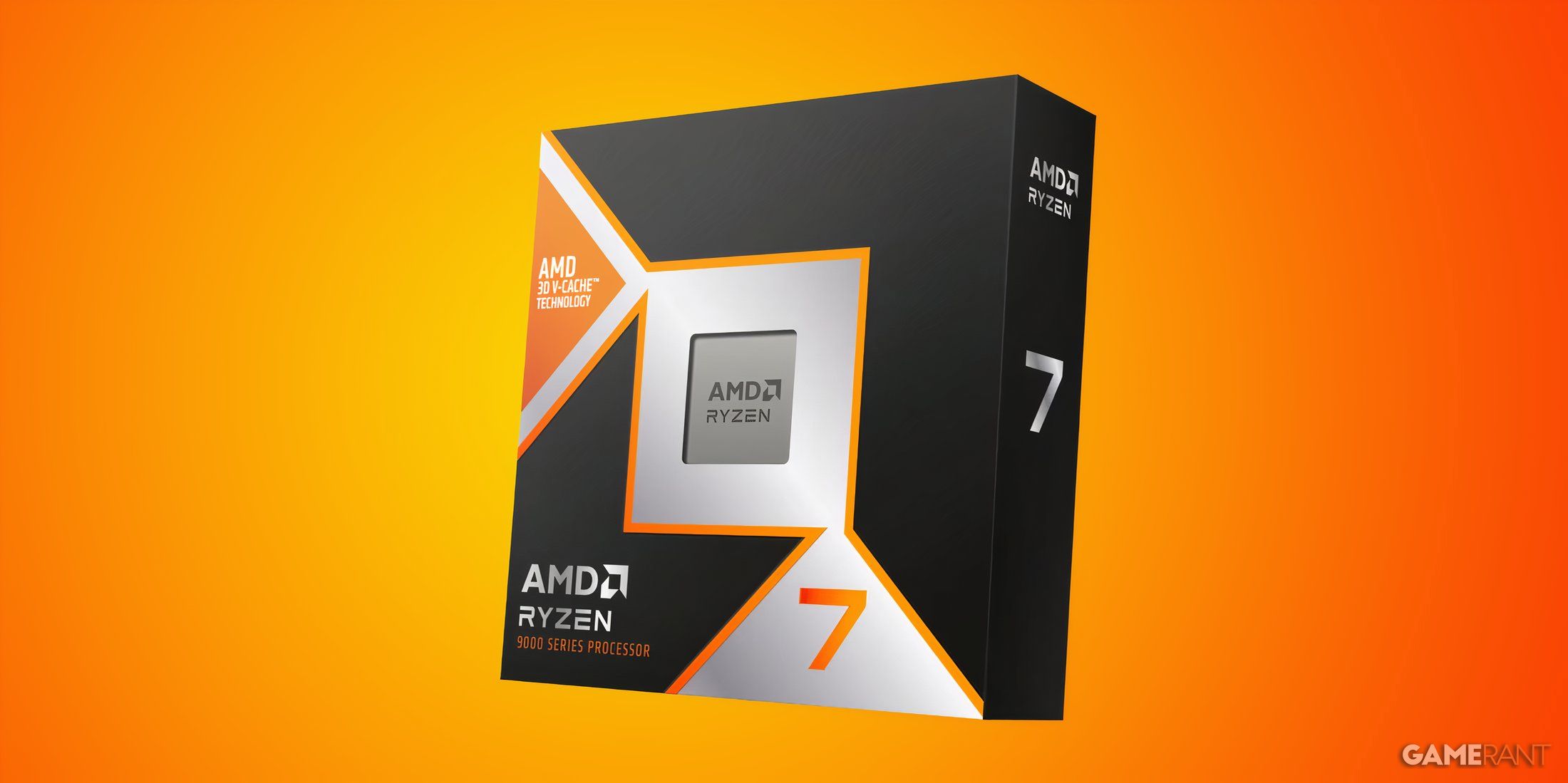
Related
AMD Ryzen 7 9800X3D: Where To Buy The Fastest CPU For Gaming
Finding the fastest gaming CPU can be a bit of an ordeal. Here are some of the websites where you can look for a unit!
AMD’s Ryzen 7 9800X3D: A Gaming-Centric CPU
The AMD Ryzen 7 9800X3D CPU is currently sold out at most US retailers and other locations worldwide, indicating both explosive demand and a general lack of options. This is partially due to the Ryzen 7 7800X3D having increased considerably in price at most retailers, in addition to other 7000 series X3D CPUs.
At the same time, a lack of options when it comes to Intel’s Arrow Lake CPUs is a concern. Intel’s newest CPUs do make inroads when it comes to productivity, performance, and efficiency, but lag behind even last-generation offerings when it comes to games, making them a no-go for most gamers, despite the need for new motherboard upgrades.
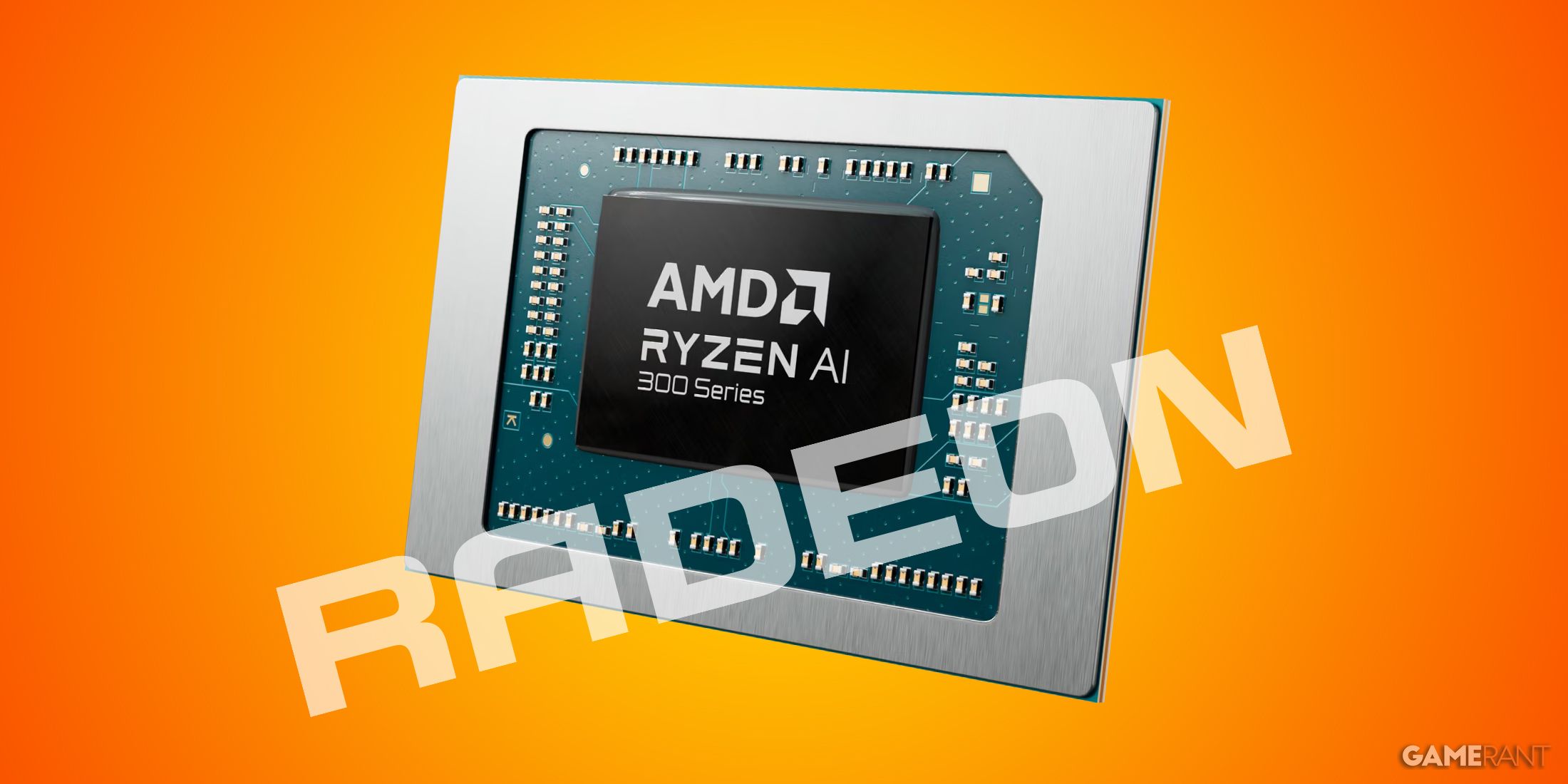
Related
AMD Ryzen AI MAX 300 Series Key Specifications Leak Shows Radeon 8000S Branding
AMD Ryzen AI MAX 300 series APUs may feature four SKUs with Zen 5 CPU and RDNA 3.5 GPU.
Intel’s Current 3D V-Cache Approach And Plans
This does raise an obvious question, since Intel has productivity gains on its side and still makes very competitive CPUs in terms of both price and performance. When will prospective upgraders see a next-generation Intel CPU with a larger cache for gaming needs?
This is answered thanks to a recent interview by the Tech Communications Manager at Intel, Florian Maislinger who talked about this in extensive detail. The interview offered highlights by the German publication, Hardwareluxx, with a focus on when we would see the first large-cache CPUs that could enable better gaming performance on Intel’s side.
The relevant part of the interview is highlighted below:
The AMD CPUs are tailored to a very specific target group and that is gamers. We are aware that this technology can bring a lot to gamers, but that always comes with certain drawbacks and certain disadvantages and compromises that you have to make. In this case, it is good if I have an X3D CPU, which may not be as strong in applications. USS is aware of this, and we still have it technologically. That means that next year there will be a CPU for the
first time that has a cache tile
, but not in the desktop.
– Florian Maislinger, Tech Communications Manager at Intel
Intel’s approach on the matter seems to be that the X3D CPUs from AMD are specialized chips that, while they excel in gaming, as a result fall behind in most other productivity tasks, making them a somewhat mixed bag that caters to a niche audience. Intel currently, based on the answers provided, views gaming as a small market and part of a relatively small desktop-class CPU market, making it seem as though making similar CPUs might not be a top priority for the brand.
That doesn’t mean that Intel is out of the game when it comes to larger cache CPUs. Its Clearwater-based Xeon CPUs are expected to incorporate a larger cache tile and there is renewed buzz around Intel’s “Adamantine” L4 cache. Its efforts, however, seem to be specifically targeting the large and growing data center market in particular.
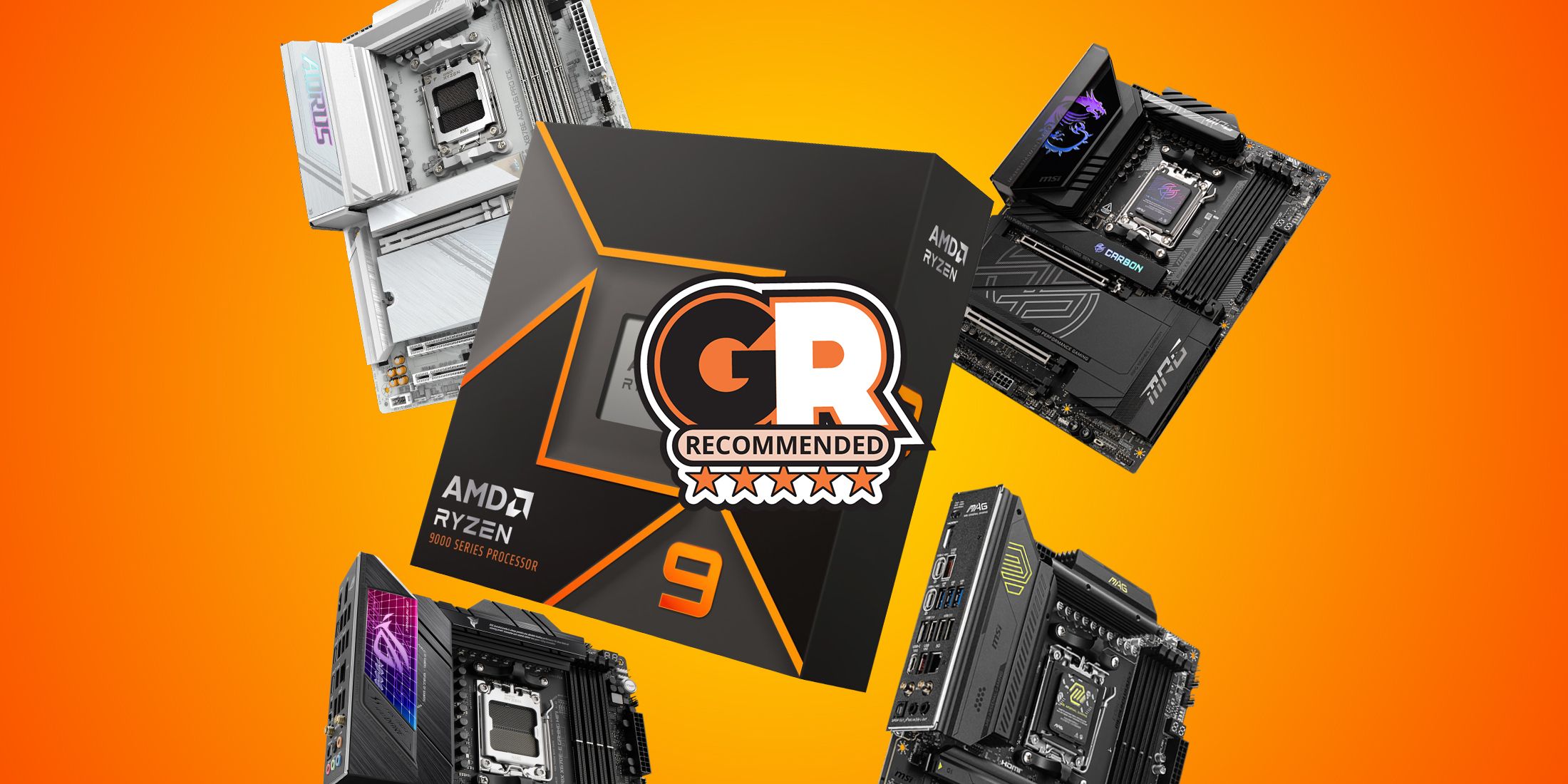
MORE:
The Best Motherboards To Pair With The AMD Ryzen 9 9950X
Here are the best X870 and X870e motherboards for AMD’s latest flagship CPU.
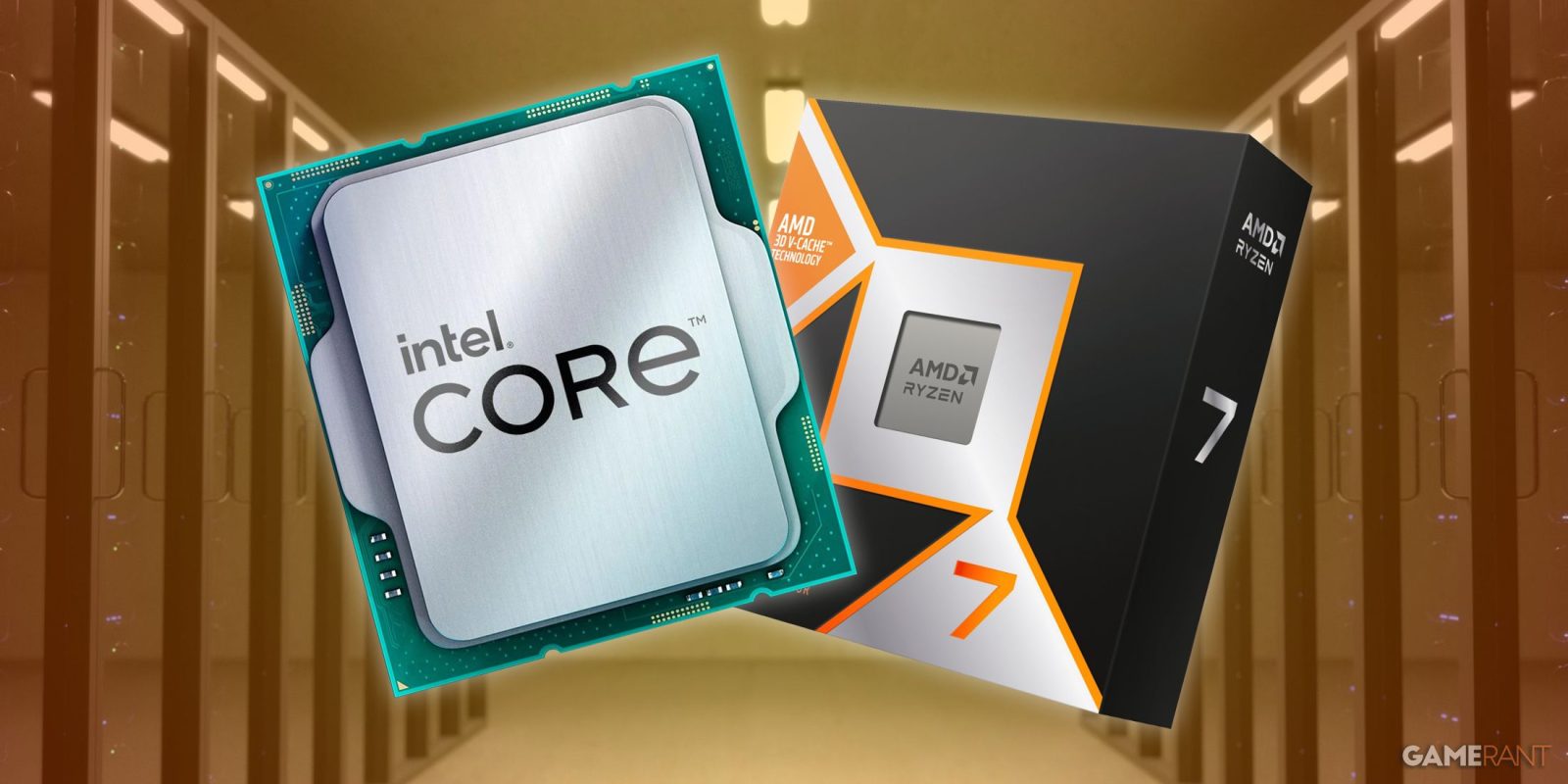
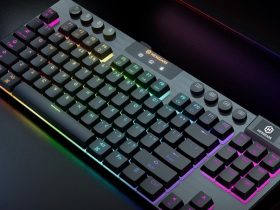
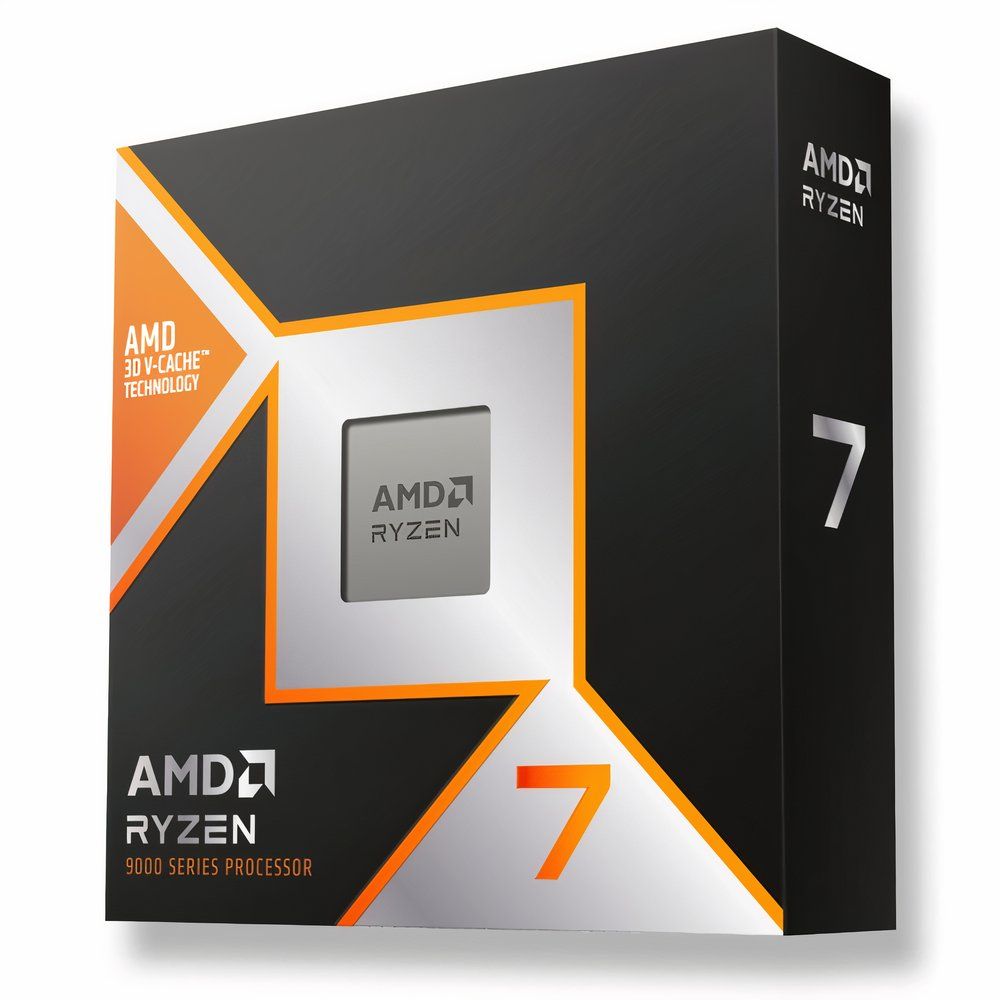







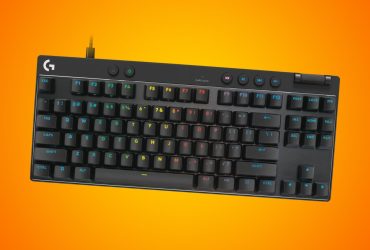
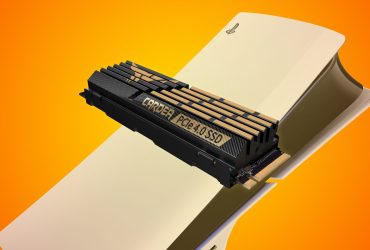
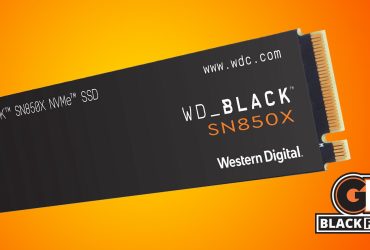
Leave a Reply